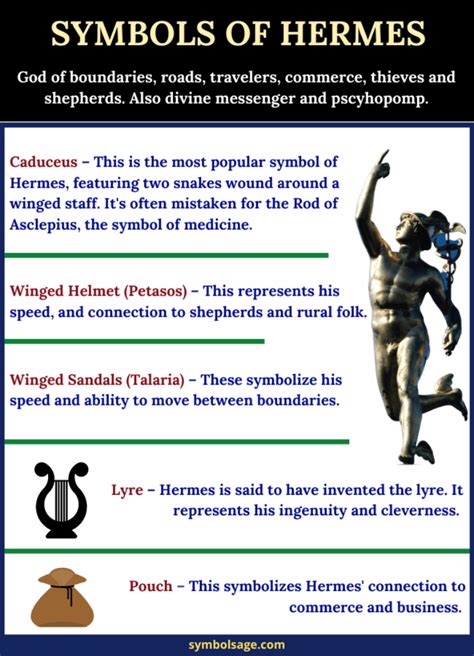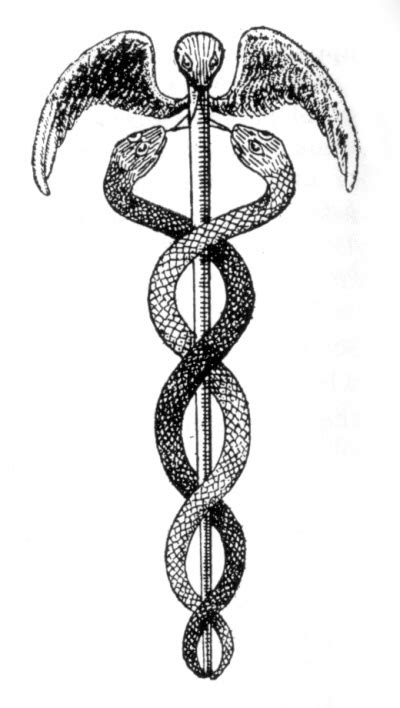hermes greek mythology symbols | colors associated with Hermes god hermes greek mythology symbols Of all the Greek gods, Hermes has some of the most unique and interesting objects associated with him. Hermes is often depicted with the following symbols: The Caduceus: This is the most popular symbol of Hermes, featuring two snakes wound around a winged Mūsu klients JYSK Linnen'n Furniture, SIA meklē speciālistu savai vakancei Iepirkumu speciālists ar darba vietu Rīga, Latvija
0 · what is Hermes symbol called
1 · what is Hermes staff called
2 · did Hermes marry anyone
3 · colors associated with Hermes god
4 · animals that represent Hermes
5 · Hermes signs and symbols
6 · Hermes roman name and symbol
7 · Hermes greek mythology drawing
Made from luxurious blends incorporating silk, wool, cashmere or other noble materials, Louis Vuitton’s scarves for women are covetable, practical accessories. Lightweight, warm and generously sized, these signature pieces are perfect for cold seasons. Offered in a myriad of bold or subtle colorways, with distinctive House motifs. LOUIS .
what is Hermes symbol called
Of all the Greek gods, Hermes has some of the most unique and interesting objects associated with him. Hermes is often depicted with the following symbols: The Caduceus: This is the most popular symbol of Hermes, featuring two snakes wound around a winged
Hermes was the darling of the Greek gods and is also known as the messenger god. A number of symbols have been associated with him within the Greek Mythological world. Wings: Symbolize speed and the ability to transcend boundaries. B. Historical origins and evolution of the caduceus. The caduceus has its origins in ancient Mesopotamia and later became associated with Hermes in Greek mythology. Often inherited from ancient archetypes and pre-Greek cultures, these symbols were incorporated into Greek art and mythology over the course of hundreds of years. The symbols and images of Hermes, however, changed often throughout Greek history.
nike jordan 1 groen
what is Hermes staff called
Hermes (/ ˈ h ɜːr m iː z /; ‹See Tfd› Greek: Ἑρμῆς) is an Olympian deity in ancient Greek religion and mythology considered the herald of the gods. He is also widely considered the protector of human heralds, travelers, thieves , [ 2 ] merchants , and orators .
Hermes was the ancient Greek god of herds and flocks, travellers and hospitality, roads and trade, thievery and cunning, heralds and diplomacy, language and writing, athletic contests and gymnasiums. He was also the herald Zeus, king of the gods. Hermes was regarded as the patron of thieves and shepherds thanks to his invention of the pan pipes (syrinx). He was the patron of travellers, and stone pillars (hermae) with a phallus symbol were often to be seen set up along roadsides to act as guides and offer good fortune to those who passed. Hermes is often depicted with several iconic symbols that represent his diverse nature: Caduceus: A staff entwined with two serpents, often mistaken for a symbol of medicine, represents commerce and negotiation. Hermes, Greek god, son of Zeus and the Pleiad Maia; often identified with the Roman Mercury. Hermes was associated with the protection of cattle and sheep. In the Odyssey, however, he appears mainly as the messenger of the gods and the conductor of .
Hermes, the multifaceted god of Greek mythology, is associated with several distinctive symbols representing various aspects of his personality and roles. These symbols serve as iconic representations of the god and are often depicted in art and stories related to Hermes.
Of all the Greek gods, Hermes has some of the most unique and interesting objects associated with him. Hermes is often depicted with the following symbols: The Caduceus: This is the most popular symbol of Hermes, featuring two snakes wound around a winged Hermes was the darling of the Greek gods and is also known as the messenger god. A number of symbols have been associated with him within the Greek Mythological world. Wings: Symbolize speed and the ability to transcend boundaries. B. Historical origins and evolution of the caduceus. The caduceus has its origins in ancient Mesopotamia and later became associated with Hermes in Greek mythology.
Often inherited from ancient archetypes and pre-Greek cultures, these symbols were incorporated into Greek art and mythology over the course of hundreds of years. The symbols and images of Hermes, however, changed often throughout Greek history.Hermes (/ ˈ h ɜːr m iː z /; ‹See Tfd› Greek: Ἑρμῆς) is an Olympian deity in ancient Greek religion and mythology considered the herald of the gods. He is also widely considered the protector of human heralds, travelers, thieves , [ 2 ] merchants , and orators .Hermes was the ancient Greek god of herds and flocks, travellers and hospitality, roads and trade, thievery and cunning, heralds and diplomacy, language and writing, athletic contests and gymnasiums. He was also the herald Zeus, king of the gods.
nike joggingbroek zwart dames
Hermes was regarded as the patron of thieves and shepherds thanks to his invention of the pan pipes (syrinx). He was the patron of travellers, and stone pillars (hermae) with a phallus symbol were often to be seen set up along roadsides to act as guides and offer good fortune to those who passed.
Hermes is often depicted with several iconic symbols that represent his diverse nature: Caduceus: A staff entwined with two serpents, often mistaken for a symbol of medicine, represents commerce and negotiation.
Hermes, Greek god, son of Zeus and the Pleiad Maia; often identified with the Roman Mercury. Hermes was associated with the protection of cattle and sheep. In the Odyssey, however, he appears mainly as the messenger of the gods and the conductor of .

did Hermes marry anyone

Visas kameras - Dabasdati.lv
hermes greek mythology symbols|colors associated with Hermes god


























